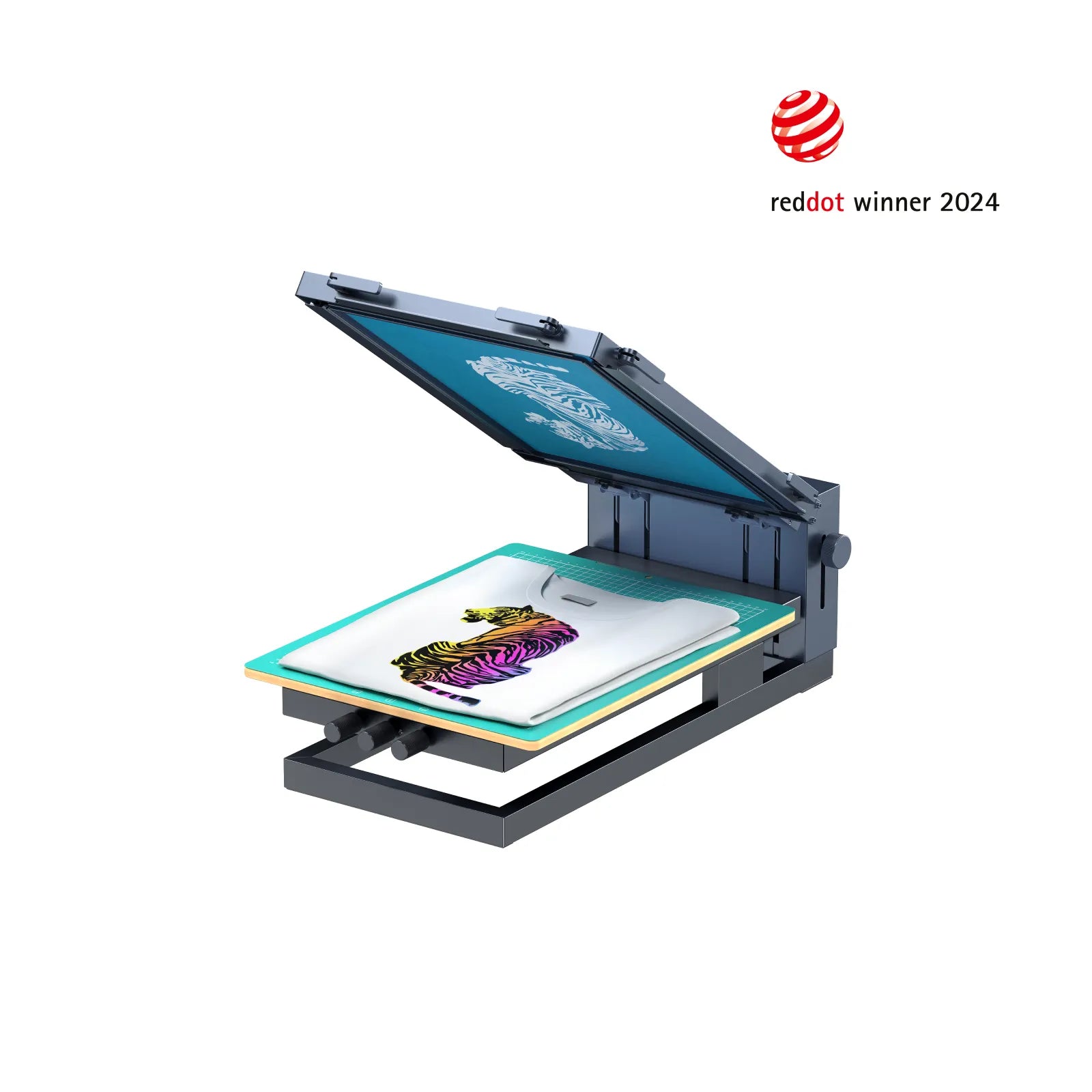The Important Overview to Understanding Screen Printing and Its Versatile Utilizes
Screen printing has an abundant history that goes back to old times, evolving right into an innovative strategy made use of across various sectors today. This guide discovers the details of the screen printing process, outlining its applications in home, marketing, and fashion style - 10:9 Design contact. Understanding these fundamentals can open up innovative possibility for both business and imaginative tasks. The following sections will expose crucial pointers and strategies to boost one's screen printing undertakings
The Background of Screen Printing
Although screen printing has roots that trace back centuries, its evolution reflects the technical and imaginative advancements of various societies. Coming from old China, the technique was originally made use of for embellishing fabrics and later spread to Japan, where it came to be integral to Ukiyo-e woodblock printing. The approach moved to Europe in the 18th century, where it acquired appeal amongst artisans and business printers. The development of picture emulsion in the 20th century changed screen printing, permitting more detailed layouts and higher efficiency. Musicians like Andy Warhol even more moved its appeal, using the medium to develop renowned jobs that mixed commercialism and great art. By the late 20th century, screen printing had developed itself as a versatile strategy, employed in style, marketing, and great art. Today, it continues to evolve, integrating electronic innovation and increasing its applications across different industries.
The Screen Printing Process Explained
Screen printing transforms imaginative visions into concrete layouts with a collection of precise actions. Originally, a photo is created and afterwards moved onto a screen, typically constructed from great mesh material stretched over a framework. A light-sensitive solution is applied to the screen, which is subjected to light, solidifying in locations not covered by the photo. After cleaning out the unhardened emulsion, a pattern is created.
Next off, the screen is positioned over the substratum, whether it be fabric, paper, or another product. Ink is after that pressed via the open locations of the pattern using a squeegee, depositing the design onto the substratum listed below. This procedure can be duplicated for several colors, needing separate displays for every hue. The published product is treated using heat to assure the ink adheres correctly, resulting in a durable, vibrant layout prepared for use.
Types of Screen Printing Techniques

In addition, specialized methods, such as discharge screen printing, remove color from the textile to produce softer prints, while foil screen printing uses metal foil to achieve a glossy coating (10:9 Design near me). Each method offers distinctive features, providing to various innovative needs and manufacturing scales, inevitably broadening the possibilities within the screen printing domain name
Applications of Screen Printing in Various Industries
.png)
In addition, the signage and marketing sectors make use of screen printing for producing distinctive display screens and banners. This technique enables bold shades and intricate layouts that catch attention. In electronics, screen printing is used for applying conductive inks to motherboard, important for element connections. In addition, the home décor market accepts screen printing to produce distinctive designs on textiles and wall art. Generally, screen printing offers as a crucial tool across diverse fields, enhancing products with personalized and aesthetically appealing graphics.
Tips for Successful Screen Printing Projects
While carrying out a screen printing project, cautious interest to information can significantly enhance the final outcome. First, picking high-quality products is essential; this consists of the screen, inks, and substratums. Utilizing appropriate mesh counts can influence ink deposition and detail resolution. Preparation is just as essential; extensive cleaning of displays and appropriate exposure times assure crisp prints.
Next off, accurate enrollment is vital for multi-color prints. Utilizing placement tools can aid accomplish precise layering. In addition, testing prints on scrap products prior to manufacturing assists recognize prospective issues without losing resources.

Often Asked Questions
What Products Are Best for Screen Printing on Textile?
Cotton and polyester blends are excellent for screen printing on textile due to their durability and ink absorption. Furthermore, specialized materials like silk or canvas can generate distinct appearances and coatings, improving the total style top quality.
How Do I Tidy and Maintain Screen Printing Tools?
To clean up and keep screen printing equipment, one ought to on a regular basis wash screens with ideal solvents, evaluate squeegees for wear, lube relocating parts, and shop all products in a completely dry, dust-free environment to prolong their life expectancy.
What Are the Ecological Impacts of Screen Printing?
Screen printing can have considerable ecological influences, consisting of chemical waste from inks and solvents, water use throughout cleansing procedures, and power consumption. Sustainable methods and environment-friendly materials are vital for lessening these adverse results.
Can Screen Printing Be Done in the house Effectively?
Screen printing can be efficiently done at home with the best materials and techniques. Hobbyists can create quality prints, though success depends on their skill level, devices, and understanding of the process involved.
What Are the Costs Related To Beginning a Display Printing Service?

Beginning a screen printing organization entails expenses for equipment, products, and office. Initial expenditures generally vary from a few hundred to numerous thousand dollars, depending on the range, quality of equipment, and preferred manufacturing ability.
Screen printing has a rich background that dates back to ancient times, evolving right into a sophisticated method used throughout various sectors today. Another strategy, rotary screen printing, uses cylindrical screens, facilitating constant printing on textile rolls, thereby improving performance for large-scale productions. In addition, specialty methods, such as discharge screen printing, get rid of dye from the material to develop softer prints, while more info foil screen printing applies metal aluminum foil to achieve a glossy coating. In the style market, screen printing is widely utilized to produce vivid designs on clothing, making it possible for brand names to showcase their distinct designs. Cotton and polyester blends are optimal for screen printing on textile due to their sturdiness and ink absorption.